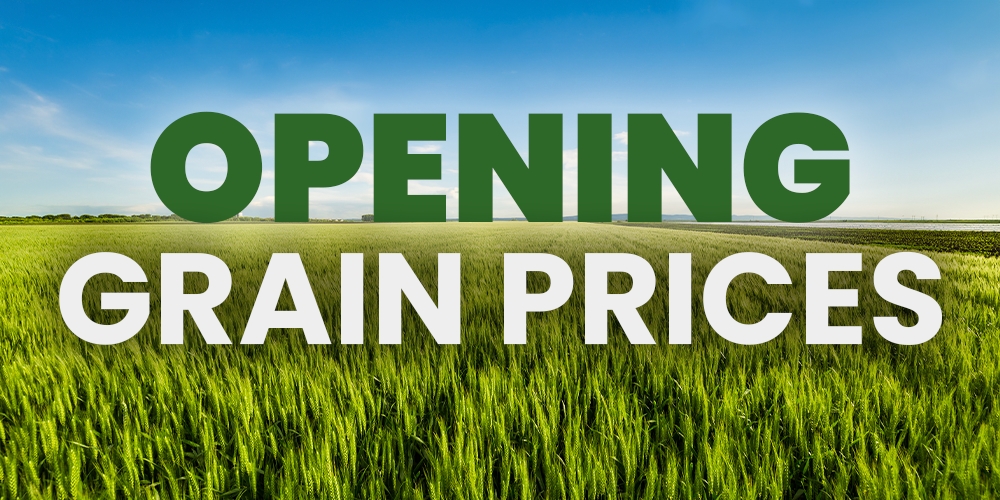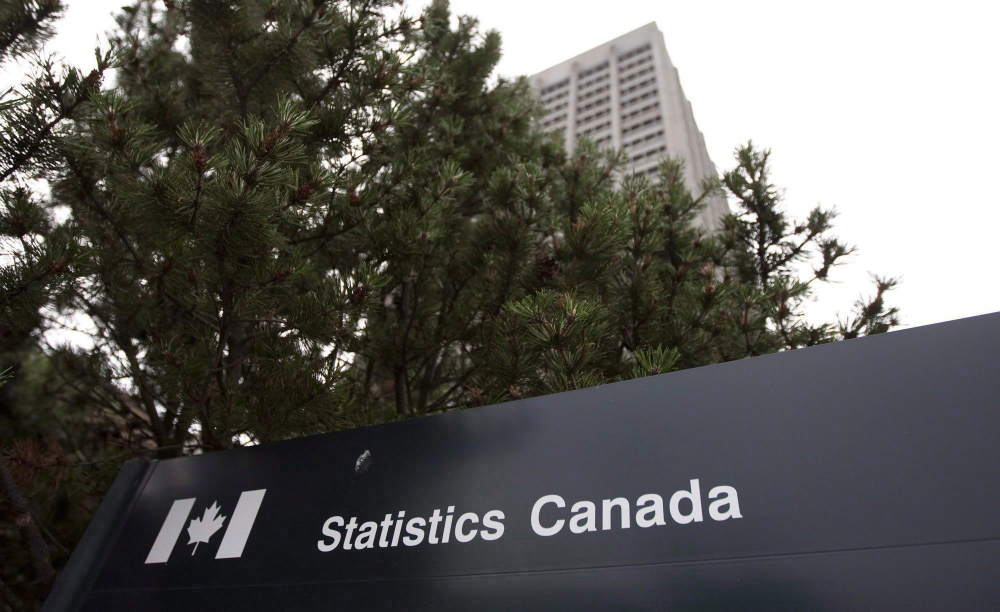Statistics Canada says the annual inflation rate continued to slow in September as drivers paid lower gasoline prices than they did last year.
The agency said Tuesday its consumer price index for September was up 1.6 percent from a year ago compared with a year-over-year increase of two per cent in August.
It was the slowest annual pace for inflation since February 2021 when it was 1.1 percent.

Gasoline prices in September fell 10.7 percent compared with a year earlier. Excluding gasoline, the annual pace of inflation was 2.2 percent in September.
Meanwhile, rent prices increased at a slower pace in the month but remained elevated, rising 8.2 percent compared with a year ago, following a year-over-year gain of 8.9 percent in August.
Statistics Canada said prices for food purchased from stores rose faster than overall inflation, increasing 2.4 percent in September, the same rate as in August. Prices for fresh or frozen beef gained 9.2 percent, while edible fats and oils rose 7.8 percent, and eggs increased five percent.
Prices for food purchased from restaurants rose 3.5 percent compared with 3.4 percent in August.
The inflation report is the last major piece of economic data before the Bank of Canada’s interest rate decision on Oct. 23.
The central bank, which has a target of two percent for inflation, has cut its key interest rate three times so far this year to bring it to 4.25 percent.
Governor Tiff Macklem has said it is reasonable to expect more interest rate cuts are coming, given the progress made on inflation, but the pace and timing of cuts will depend on the central bank’s evaluation of the economic data.
Here’s what happened in the provinces (previous month in brackets):
— Newfoundland and Labrador: 0.7 per cent (1.3)
— Prince Edward Island: 1.0 per cent (1.2)
— Nova Scotia: 0.9 per cent (1.2)
— New Brunswick: 0.9 per cent (1.8)
— Quebec: 1.3 per cent (1.5)
— Ontario: 1.9 per cent (2.1)
— Manitoba: 0.8 per cent (1.3)
— Saskatchewan: 0.7 per cent (1.1)
— Alberta: 1.9 per cent (2.0)
— British Columbia: 2.0 per cent (2.4)








